
"It is
impossible for ideas to compete in the marketplace if no forum for
� their presentation is provided or available." �������� �Thomas Mann, 1896
Enabling Your Enterprise to Deliver IT Service Excellence
Contributed by Candle Corporation
�
Abstract
This business white-paper examines why it is essential for organizations to achieve Information Technology (IT) service excellence, and describes the challenges faced both in the construction and delivery of IT services.� It assesses the changing role of IT service delivery management, and highlights the impact of service delivery failure upon the organization. The white-paper analyses why many organizations are ill-equipped to deliver IT service excellence and proposes a pragmatic approach through which organizations may manage this process to meet/exceed user/customer expectations.� This document is intended to provide a general overview and awareness of the above topics � it is not based upon specific business types or IT systems. The approach to delivering IT service excellence advocated in this document is not reliant upon particular computer technologies/tools nor does it seek to condone or recommend the adoption of products from particular vendors.
About The Need for IT Service Excellence
As organizations increase their reliance upon computer systems the need for those systems to deliver a high quality of service becomes paramount. No longer is the traditional schism between the IT department and user departments merely an internal "political" issue � when an organization enables its customers and partners to interact with it directly through IT services, those services become the image/brand values through which that organization is portrayed.
"the e-business equation: service=brand"
Failure to understand and provide for the dynamic of changing customer requirements, and failure to provide the customer with a consistent and positive experience when using e- services will have a dramatic and harmful effect upon the profile and success of the organization.
Assessment of Current Situation
Why is there, in many organizations, a schism between the IT department and the user departments it supports? In order to begin to understand this complex issue, it is helpful to review the historic background to the evolution of IT and its deployment.
For more than two decades, Information Technology (IT) has played a significant and increasingly visible role in the activities of most organizations. Those businesses have made, and continue to make, substantial investments in projects to control the design, development and deployment (construction) of computer systems, and in funding the on-going operations and support of the systems (delivery).
Construction Challenges
These computer systems are created using a variety of technology components, including: hardware, systems software, networks/communications equipment and application software. Despite significant advances in software development tools and techniques, and the refinement of project management methods, a project that is initiated to create a new system remains a high cost and typically high risk undertaking.
The stark reality is that most large IT construction projects fail to achieve the expected results: the resulting system is delivered late (or not at all), the project budget is over-run, the system fails to meet user requirements, or the system is "brittle" � difficult/expensive to support, maintain and enhance/extend.
What are the contributory issues for this? � in certain cases a pivotal issue is the constant state of flux in the IT market, with ever-shortening product life-cycles and the proliferation of new technologies. IT personnel have to maintain awareness of the IT "tower of Babel", attempt to sort out the wheat from the chaff and distinguish between the exaggerated claims of competing vendors.
Under these circumstances, the IT function can become introspective, concerned with staying abreast of the latest developments in its industry, rather than focusing on the needs of the business its serves. Indeed, the IT department may be organized into specialist functions, based upon "technology platforms" � for example, mainframe computers, distributed systems, communications facilities, etc.
Service Delivery Challenges
There is undoubtedly a discrepancy in many organizations between the user�s view of service quality and the perception of the service provider (IT Department).
Service quality embraces availability, performance, usability and "goodness of fit" � the degree to which the service completely meets the business needs of the user. These attributes are frequently used as the basis for negotiating a comprehensive "Service Level Agreement", where the user expectations are documented and agreed with the service provider.
Why does this discrepancy exist? In many cases, it is due to a difference in what is being measured. The IT Department will typically measure its performance against certain "Operational Level Objectives" (OLOs) that may be incorporated into an Operational Level Agreement (OLA).
The difference between an SLA and an OLA is clearly evident in the diagram below, which shows the different elements involved in service delivery.
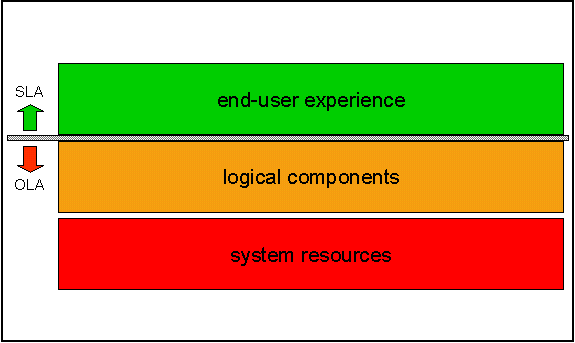
Figure 1: Schematic Showing Relationship Between OLAs and SLAs
In certain organizations, an OLA may be published by the IT Department masquerading as an SLA. However, if the user experience is not being monitored or measured, the rouge SLA is more likely to exacerbate the schism between the IT and User departments, rather than bridge it.
The Compelling Need to Capture the User Experience
The user�s impression of an IT service is formed from his/her experience of the service encounter � the experience gained at the user/service "boundary" (typically a browser or application GUI).
The service is delivered through the interaction of various "service elements" � computer hardware, operating system, system software, database, communications networks, application program, etc. Although certain of these elements may be monitored by the IT Department, in most companies the complete "service delivery chain" is not being monitored as a single entity in its entirety.
Devoid of information about what the user is experiencing, an IT department is not adequately equipped to enter into a meaningful dialogue concerning quality of service. Conversely, by capturing and reporting on the user experience, both the user and IT Department may engage in a dialogue and review aspects of service quality from a factual basis. This encourages a relationship that can contribute to bridging the schism.
Internal Users/External "Customers"
The nature of the schism between the user and the IT department discussed above is largely "political". However, Candle has identified a "new awareness" concerning the potentially catastrophic impact of IT service failure when the "user" of the service is an external customer or business partner.
Increasingly, companies are seeking to provide external services via the internet. Typically these services are referred to as "on-line", "business-to-consumer" (B2C) or "business-to-business" (B2B). The customer�s experience of the supplier is created through the experience of service quality received by/through the electronic interface � with the internet browser being the most pervasive such interface in the B2C market.
In these types of systems, the impact of service failure equates to more than a loss of revenue due to service downtime. In addition:
-
the brand/image of the business is at risk
-
loss of reputation may result
-
it is probable that customer satisfaction/loyalty will be decreased
-
punitive damages may be incurred for service breach
-
stock price may take a "hit".
That the above damages could be incurred is not in doubt. One only has to review articles relating to "eCommerce" in the business press to appreciate the level of customer expectation for service quality and intolerance of poor service:
"Dot-com chaos puts patience to the test"
Banner Headline, The Sunday Times, 19th March 2000.
Delivering IT Service Excellence
As organizations make their products and services accessible through new delivery channels their customers and partners become directly exposed to the associated IT services. Constructing and delivering IT service excellence is no longer an internal political debate, it is a pre-requisite for business survival and success.
This document proposes an approach that has been devised to address the challenges that an organization may face in striving to deliver IT service excellence. This is an area where Candle can evidence a substantial experience base, having provided effective solutions to the issues faced by IT operations management in the world�s largest organizations for more than two decades.
As noted above, many IT Departments are organized around technology platforms and/or functional activity. In order to deliver IT service excellence, an IT Department must first evolve towards a "customer-centric" approach. In many cases, this will involve a paradigm shift from "behaving like a supplier" to "thinking like a customer".
The following diagram illustrates three areas of change that an organization is likely to have to consider prior to embarking upon a journey to enable it to deliver IT service excellence.
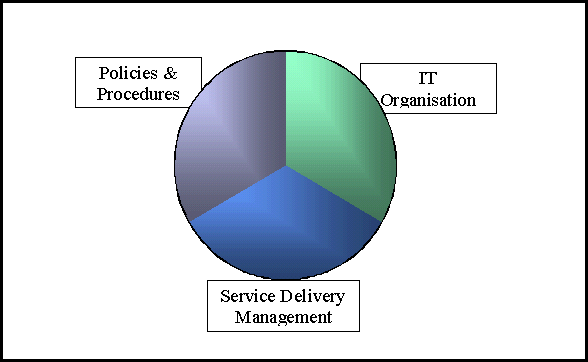
Figure 2: Areas Of Change When Becoming Service-Centric
To help organizations meet and overcome the challenges of delivering IT Service Excellence, Candle has used the intellectual capital and technology assets acquired since 1977 to devise a robust and comprehensive approach to service delivery management.
That approach is called "Critical Services Management".
An introduction to Critical Services Management (CSM)
Candle�s philosophy of "Critical Services Management" extends beyond traditional component-based systems management to deliver an effective solution to the demands of today�s businesses which require control of the performance and availability of complex IT systems.
Critical Services Management combines traditional systems management disciplines, which typically focus on assuring the availability of key system components/resources, with the monitoring and measurement of the service performance as delivered to the end-user.
The integration of key availability and performance indicators to provide a single point of control for managing and reporting on service effectiveness is the fundamental philosophy that underpins Critical Services Management.
Service Encounter/Customer Boundary
The customer (user) of an IT Service interacts with that service at the customer/service boundary. In a service encounter, when the customer uses (or attempts to use) a service, the satisfaction experienced at that boundary is a function of many elements, including:
-
customer expectation/prior experience
-
availability of service, service performance, consistency of service provision
-
service aesthetics/appeal, ease of use of service (e.g.. service/interface design)
-
ease of access to support services
-
speed/completeness of resolution to service outage/difficulties
The customer�s perspective is depicted in the diagram below, which also indicates the scope of Critical Services Management (within the dotted-line triangle):
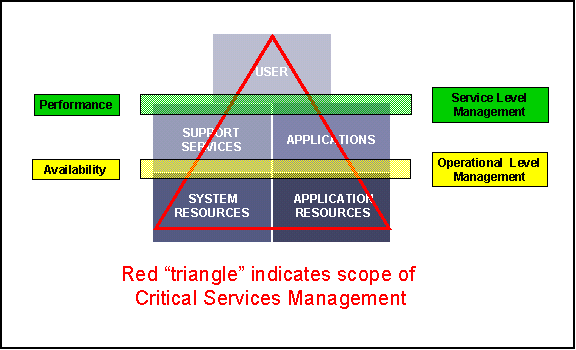
Figure 3: Schematic Showing User Perspective and Scope of CSM
Certain of these user satisfaction elements are a function of the service construction phase (in contrast to the service delivery phase) and therefore lie outside of the direct scope of CSM. However, various metrics captured within a CSM environment may provide a valuable insight into the effectiveness of application/service design and implementation, and the consequence level of usability achieved.
Service Delivery Chain
Critical Services Management considers the delivery of an IT Service as being effected through a "service delivery chain". This chain consists of all of the elements involved in the end-to-end provision of the service, including:
-
system components � computer and network hardware, system software components, etc.
-
logical resources � applications, databases, middleware, etc.
-
user/service boundary.
In order to manage the delivery of an IT service, Candle advises an approach known as service modeling, through which the various components in the service delivery chain are identified, service level objectives established, risk and threats to service quantified, and a repository constructed. A high-level overview of a service delivery chain for an e-business service is shown in the diagram below.
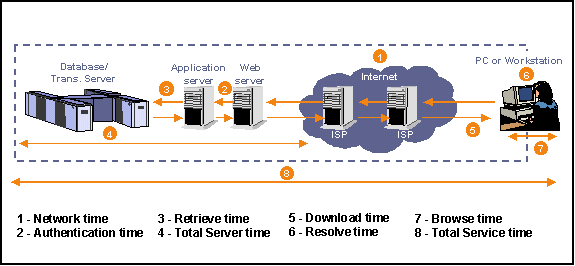
Figure 4: Schematic Showing e-business Service Delivery Chain
Service Model Repository
A service model repository represents a significant and valuable asset to the organization. Many companies do not have comprehensive documentation or complete understanding of how the delivery of a particular application or service is achieved.
Of those organizations that do possess such documentation, many would admit to it being of questionable accuracy (typically out-of-date or incomplete) and therefore of little practical value.
In contrast, the repository captures in a graphical format the various elements of which the service delivery chain is comprised, thus facilitating on-going maintenance and encouraging additional exploitation.
The repository can also be used to catalogue the threats and risks to service which are contributed by each element in the service delivery chain. This information could be extended to include the parameters and thresholds that are to be used to monitor the behavior of each particular element.
Critical Service Center
The availability of complete and reliable service models facilitates the construction of a Critical Service Center, or CSC, through which the effective management of end-to-end service delivery may be achieved, by the capture and correlation of:
-
user performance data (captured at the user/service boundary � typically browser or desktop)
-
performance and availability of logical components (applications, databases, message flows, etc)
performance and availability of physical/system resources (servers, desktops, networks, etc).
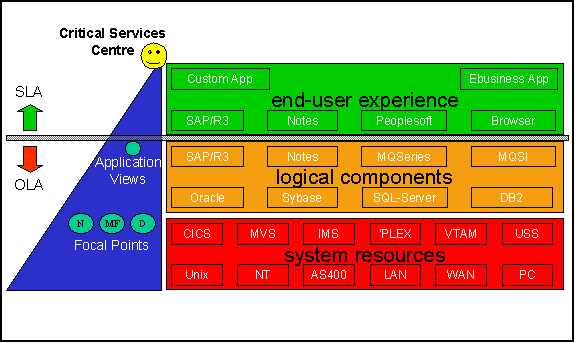
Figure 5: Schematic Showing Management and Monitoring Layers within CSM
Having created the service model, the service level objectives for each of these elements in the service delivery chain must be defined. For certain types of service, the experience captured at the user/service boundary may represent the principal service level objective.
For other types of service, this information may be augmented by defining various operational level objectives for other elements in the service delivery chain, such as the availability of key hardware and software components and/or the required performance of network and database facilities.
The CSC provides a single point of control for the service delivery chain, with each individual service represented by a graphical icon depicting the current (and in certain cases the recent historic) status of that service.
Candle software technologies associated with the CSC
Candle offers advanced software technologies that satisfy the instrumentation (real-time and historic data collection) requirements of the three aspects of a CSC noted above:
-
Application response time (ART) tools, such as ETE (End-To-End Watch) and eBA (e-Business Assurance) measure the user experience at the user/service boundary
-
Business integration solution (BIS) tools, such as Roma, measure the availability and performance of logical components, and may be configured to take automatic remedial action in the event of service threats/outage
-
System management tools, such as the Candle Command Center, measure the availability and performance of physical and system resources, and may be configured to take automatic remedial action in the event of a service threat/outage
Typically, a CSC provides multi-dimensional monitoring and management of complex systems incorporating many layers of software, involving multiple computer and network systems across many geographies and topologies.
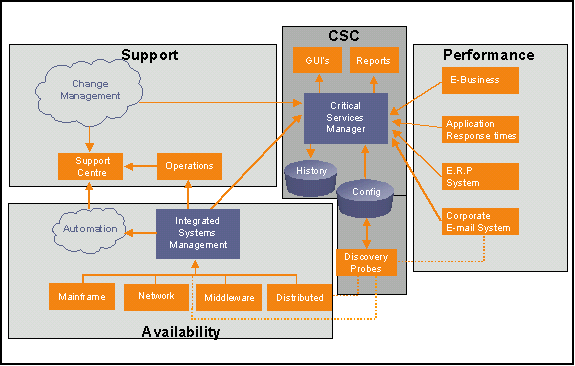
Figure 6: Schematic Showing Major Functional Areas Covered By a CSC
Third-Party Software Technologies
The philosophy of Critical Services Management is not reliant or conditional upon the exclusive use of Candle software technology. Candle promotes the adoption of other vendors� software technologies, as evidenced by active technology partnerships and participation on industry standards committees.
The construction of a CSC may be facilitated by the integration of software technologies from multiple vendors � for example, a CSC may co-exist within an overall systems management framework environment, providing a specific focus for business critical services.
Alternatively, an existing systems management product suite covering a particular platform (e.g.. distributed systems) may be integrated within a CSC, and extended by application monitoring and end-user performance tools.
Non-technology Issues
Implementing a CSC is not merely a matter of installing, configuring and integrating software products. Traditional IT departments are organized in a matrix-style manner, having IT functions (e.g.. development, strategy and architecture, operations, support, etc.) intersecting with technologies that are based upon computer platforms (e.g.. mainframe, distributed, communications).
The concept of managing IT services around a complete service delivery chain may represent a variance from traditional IT culture. However, certain advanced companies, especially in the financial services marketplace, are reaping the benefits of adopting cross-functional management of IT service "Availability and Performance" (A&P).
Such companies have implemented an A&P practice in a manner (or with a reporting line) that removes certain of the frequently encountered "political" inhibitors to operational effectiveness. The remit typically includes responsibility for:
-
identifying key services/applications
-
defining and creating service level objectives,
-
establishing operational level objectives
-
monitoring, measuring and reporting on service level compliance
-
investigating the remedial actions taken in the event of service outage (root cause analysis)
-
acting as change agent to improve service effectiveness/reduce service "downtime"
The role of an A&P practice involves significant organizational reach, and requires effective mechanisms to collect base data from which to compute service level statistics and generate reports.
In order to satisfy the needs of the A&P function, the CSC must not only provide comprehensive management of the behavior of the service delivery chain, it must also interface with many IT disciplines (e.g.. operations and support services, asset and change management), as depicted in the diagram below.
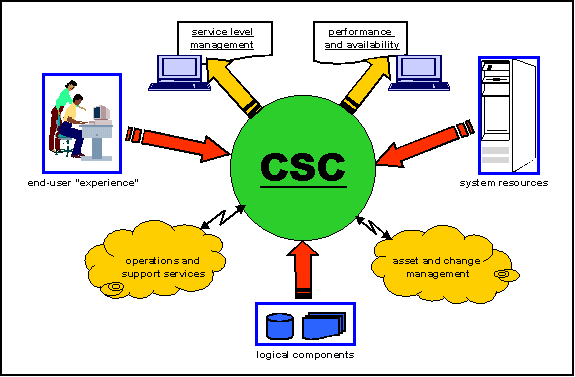
Figure 7: Schematic Showing CSC with functional interfaces
A comprehensive CSC with interfaces to IT functions as shown above will equip A&P management with a powerful toolset through which to monitor and hence manage the effectiveness of critical IT services.
The Business Forum
Beverly Hills, California, United States of AmericaEmail:� [email protected]
Graphics by DawsonDesign
Webmaster:� bruceclay.com
��� Copyright The Business Forum Institute - 1982 - 2015� ** All rights reserved.
�The Business Forum Institute is not responsible for� the content of external sites.Read more
�